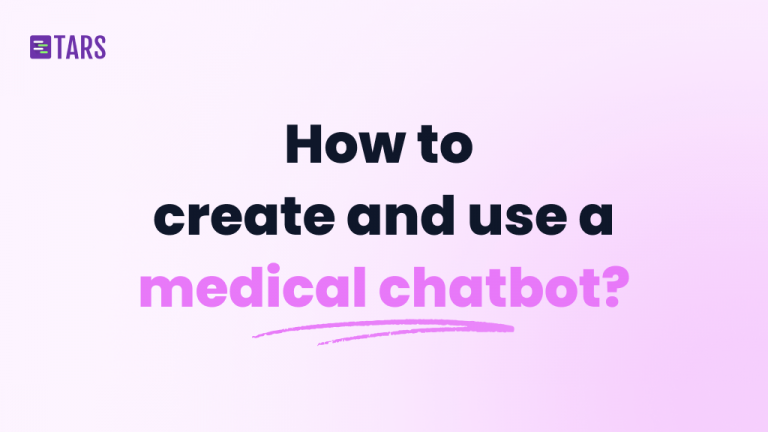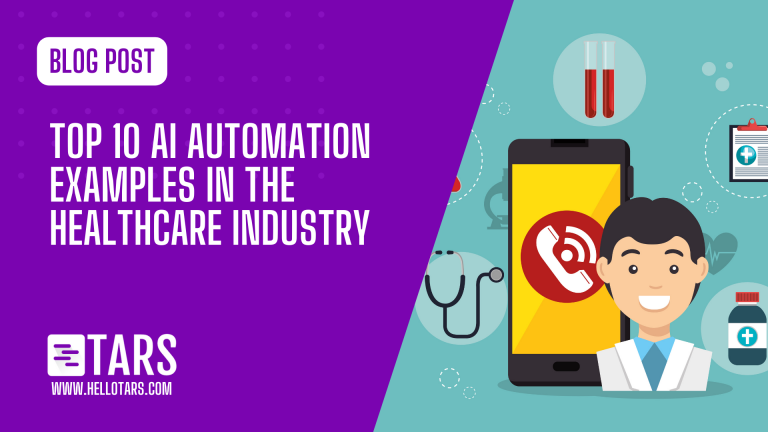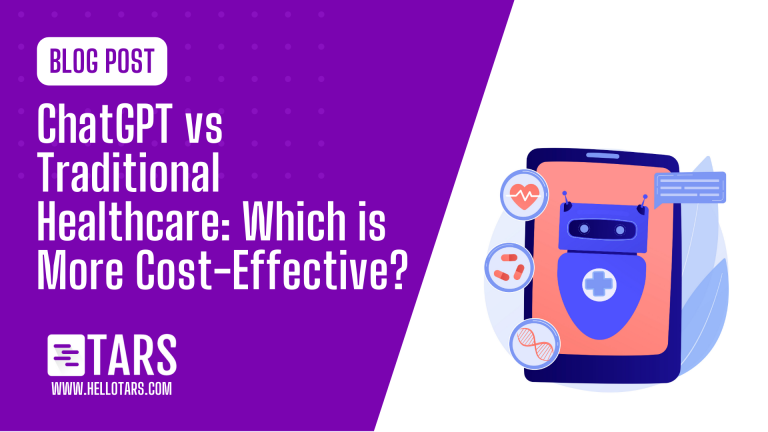The ROI from Using a Chatbot in Medical Field: Improving Your Bottom Line

Use of chatbots in the medical field has become increasingly popular, especially after the pandemic crisis. With limited staff and ever increasing Covid patients, chatbot technology emerged as a boon for the healthcare industry.
Chatbots helped healthcare agencies automate both routine tasks and handle other sophisticated work. This includes:
✅patient engagement,
✅health education,
✅symptom checking,
✅appointment scheduling,
✅medication management, and
✅remote monitoring
Chatbots are not only able to offer patients quick and convenient access to healthcare services but also reduce the workload of healthcare providers. Moreover, they are designed to collect and analyze data from users, which can help healthcare organizations improve their services and outcomes.
The purpose of this blog is to explore the ROI of using chatbots in the medical field and how it can improve healthcare businesses’ bottom line.
By analyzing the benefits and potential outcomes of implementing a chatbot in medical field, this blog aims to provide healthcare organizations with insights and recommendations on how to leverage chatbots to enhance patient care, reduce costs, and increase revenue.
Benefits of Using Chatbots in the Medical Field
Improved Response Times

Chatbots can provide healthcare organizations with faster and more efficient customer service, reducing wait times for patients and enabling them to access healthcare services 24/7. This ensures:
- Instant replies to patients’ inquiries and requests
- Reduction in call center volume and wait times
- Quick triage and routing of patient cases to appropriate healthcare providers
- Streamlined appointment scheduling and reminders
Increased Efficiency
Chatbots can automate various tasks and processes that would otherwise require manual labor, thus increasing the efficiency of healthcare organizations and reducing operational costs. Increased efficiency can lead to:
- Faster and more accurate symptom checking and diagnosis
- Improved medication adherence and compliance
- Streamlined patient data collection and analysis
- Automated billing and payment processing
Cost-Effectiveness
Using a chatbot in medical field can offer a cost-effective alternative to traditional customer service and support channels, such as call centers, in-person consultations, or email support. Using chatbot technology leads to:
- Lower labor costs and staff turnover
- Reduced overhead costs for infrastructure and equipment
- Increased revenue through improved patient retention and satisfaction
- Faster return on investment (ROI) compared to traditional methods
ROI of Using Chatbots in the Medical Field
Increased Revenue

By using chatbots in the medical field, healthcare organizations can generate more revenue by:
- Improving patient retention and loyalty through personalized and convenient service
- Increasing patient volume by attracting new patients through word-of-mouth or positive online reviews
- Providing new revenue streams by offering premium or add-on services through chatbots
- Reducing revenue loss through missed appointments or billing errors
Here are some statistics for you:
🎯A report by Grand View Research, Inc. estimates that global chatbot market will reach USD 27,297.2 million by 2030.
🎯According to a study by Accenture, use of AI chatbots can generate up to $150 billion in healthcare savings annually in the US alone.
🎯Additionally, in a survey conducted by Statista, it was found that found that 56% of clinic workers in China believed that a much higher percentage of patients will prefer to use chatbots to manage treatments.
Decreased Costs
Chatbots can help healthcare organizations reduce costs by:
- Lowering labor costs by automating tasks and reducing staff turnover
- Reducing overhead costs by streamlining processes and infrastructure
- Minimizing revenue loss through improved efficiency and patient retention
According to a report by Juniper Research, healthcare chatbots can save healthcare organizations up to $3.6 billion globally by 2022.
Improved Customer Satisfaction
Using a chatbot in medical field can enhance the overall patient experience by providing personalized and convenient service, improving communication, and reducing wait times. By improving customer satisfaction, healthcare organizations can:
- Increase patient loyalty and retention
- Attract new patients through positive reviews and referrals
- Differentiate themselves from competitors by offering innovative and modern service
Let Us Help You Get Started
Here at TARS we believe in complete transparency and have very specific metrics to help our clients keep track of their ROI.
Our chatbots come with a detailed analytics view that can help you track:
- total number of conversations,
- how many people are completing a conversation or where exactly they are dropping off,
- exact number of bookings and conversions, and much more
All you need to do is book a free demo and our in-house experts will walk you through the entire process and answer all your questions and queries.
I am a creative thinker and content creator who is passionate about the art of expression. I have dabbled in multiple types of content creation which has helped me explore my skills and interests. In my free time, I indulge in watching animal documentaries, trying out various cuisines, and scribbling my own thoughts. I have always had a keen interest in blogging and have two published blog accounts spanning a variety of articles.
- Benefits of Using Chatbots in the Medical Field
- Improved Response Times
- Increased Efficiency
- Cost-Effectiveness
- ROI of Using Chatbots in the Medical Field
- Increased Revenue
- Decreased Costs
- Improved Customer Satisfaction
- Let Us Help You Get Started


Build innovative AI Agents that deliver results
Get started for freeRecommended Reading: Check Out Our Favorite Blog Posts!

How to create and use a medical chatbot for medical diagnosis, symptom checking and more: detailed guide

Top 10 AI Automation Examples in the Healthcare Industry

ChatGPT vs Traditional Healthcare: Which is More Cost-Effective?

Our journey in a few numbers
With Tars you can build Conversational AI Agents that truly understand your needs and create intelligent conversations.
years in the conversational AI space
global brands have worked with us
customer conversations automated
countries with deployed AI Agents



